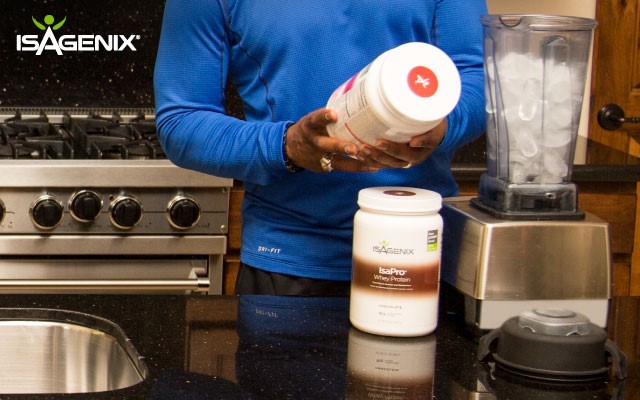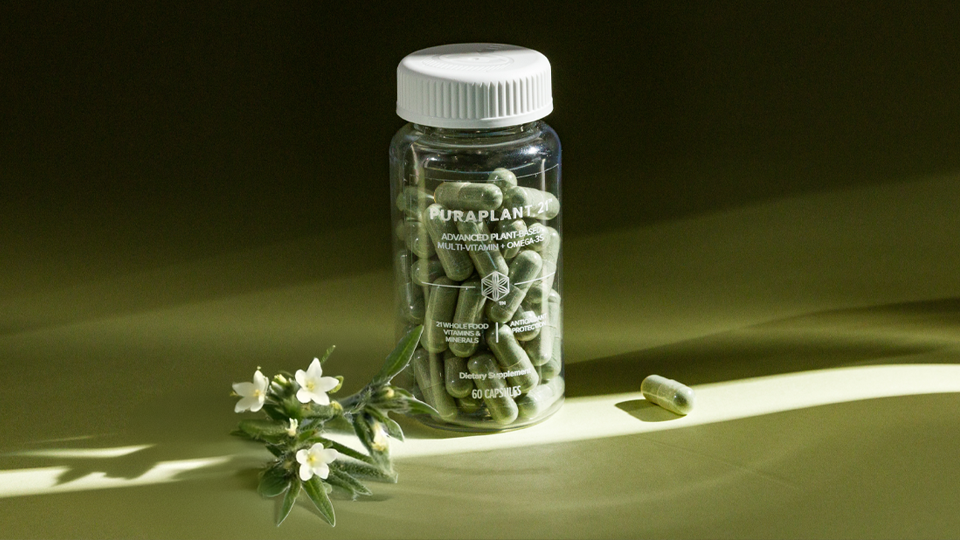Food additives can, at the very least, raise suspicion. After all, these ingredients often have unfamiliar names that can cause uncertainty about their use and safety.
Skepticism surrounding use of food additives is also spread by websites or other media seeking to capitalize on raising suspicion or generating hype. Unfortunately, too often these sources provide inaccurate information that is misleading or lacks context regarding food additive use.
See: The Use of Natural Flavors and Colors
When used appropriately and in intended amounts, most food additives are safe and effective. They’re also more familiar and less concerning than many media sources might lead you to believe. They might include ingredients that help to protect flavor, extend shelf life, improve texture, or even enhance the nutrition of a food (1).
Anticaking and Flowing Agents
Anticaking and flowing agents keep powders from clumping or hardening and may be used to keep capsules or tablets from sticking. They work by absorbing any excess moisture or oil, keeping powders dry, plus keeping them in a free-flowing state for ease in manufacturing. For example:
- Silicon dioxide (also calcium silicate and magnesium silicate) – Prevents formation of lumps and is often used in powders including table salt, cake mixes, flour, and powdered sugar. With a limit of 2 percent by weight of food it’s considered completely safe (2). In fact, silicon dioxide is present naturally in many foods, especially fruits and vegetables.
- Calcium carbonate – Acts not only as a source of dietary calcium, but can also absorb excess moisture in powder products.
- Magnesium stearate – Used during manufacturing to keep tablets and capsules from sticking. While the ingredient has a negligible impact on the nutritional profile of a product, it’s composed of magnesium and stearic acid. Magnesium is an essential mineral while stearic acid is a saturated fat naturally found in beef and in cocoa butter.
Food Preservatives
Because the process of drying is an effective method of preservation, there’s often little need to include any direct additives for preservation in dry powders. However, food preservatives may be required to prevent oxidation, rancidity, or microbial growth in liquids and other moisture-rich products. For example:
- Citric and ascorbic acid – Naturally found in citrus fruits, these ingredients lower the pH to prevent microbial growth. Ascorbic acid, also known as vitamin C, is an essential vitamin.
- Sorbic acid, potassium sorbate; benzoic acid, sodium benzoate – Naturally found in foods like berries, apples, and prunes, sorbic and benzoic acids lower pH to prevent microbial growth. These are limited to a concentration of less than 0.1 percent. Potassium sorbate has largely replaced sodium benzoate as a preservative in most liquid Isagenix products.
- Vitamin E – An essential vitamin that (along with ascorbic acid, or vitamin C) can act as an antioxidant to prevent oxidation or rancidity of oils in foods or dietary supplements.
Humectants
Humectants are used in moist applications such as nutritional bars to control water activity and to protect against microbial growth. Sugar and salt are the most widely used humectants, but here are a few other examples:
- Honey, molasses, and agave syrup – These are natural sources of sugars (glucose and fructose) that provide sweetness, maintain moisture, and control water activity.
- Glycerin and sugar alcohols – These provide sweetness, maintain moisture, control water activity, and offer fewer calories than sources of sugar.
- Inulin –Provides natural sweetness, is a source of fiber, and helps maintain moisture in bars.
Thickeners, Gelling Agents, and Stabilizers
Thickeners and gelling agents are used to impart texture and mouthfeel while stabilizers like emulsifiers keep oil and water from separating such as in chocolate. For example:
- Xanthan gum, pectin, guar gum, tapioca maltodextrin, and isomaltooligosaccharides – All are sources of soluble fiber and provide texture and viscosity to food applications like shakes.
- Carrageenan – Food-grade carrageenan is sourced naturally from seaweed that acts as a thickener in yogurts and bar coatings. When used in minimal amounts for texture, it’s completely safe and not absorbed in the body. It should not be confused with degraded carrageenan used in rodent studies.
- Lecithin – An emulsifier used to keep oils and water from separating. Found naturally in cell membranes of every living plant and animal, lecithin is often derived from eggs, soy, or canola. It’s also a source of valuable choline important for good health.
- Fractionated palm oil, palm kernel oil* – This fraction of this tropical oil contains high amounts of lauric acid similar to coconut oil that helps maintain stability of coatings in bar applications without the use of partially hydrogenated oils. Note that Isagenix only uses RSPO-certified* palm or palm kernel oil in its products.
No Partially Hydrogenated Fats or Artificial Colors, Flavors, or Sweeteners
There are examples of some food additives that do raise valid concerns. These include partially hydrogenated fatty acids, a source of artificial trans fat that can raise the risk of cardiovascular disease (3). There are also questions raised regarding the health and safety of artificial food dyes and sweeteners because of potential sensitivities or links to an unhealthy diet (4).
No unsafe or artificial food additives are ever used in Isagenix products. The products do not contain any partially hydrogenated fats or artificial sweeteners, colors, flavors.
See: The Science of Natural Sweetness in Isagenix Products
Food Additives in Isagenix Products
Careful attention is paid to food additives used in Isagenix products. Any additives must be used in ways that naturally support the nutrition and appeal of the product. With a better understanding of the purpose and context surrounding use of these food additives, we’re confident that consumers will agree that their use makes sense and doesn’t in any way discount the quality of the products.
References
- Potter NN and HotchKiss JH. Food Science, 5th ed. 1998. Springer: New York.
- S. Food and Drug Administration. Food additives and ingredients. Available at: Food Additives & Ingredients
- Wilczek MM1, Olszewski R, Krupienicz A. Trans-Fatty Acids and Cardiovascular Disease: Urgent Need for Legislation. Cardiology. 2017 Sep 26;138(4):254-258. doi: 10.1159/000479956. [Epub ahead of print] Available at: https://www.ncbi.nlm.nih.gov/pubmed/28946140
- U.S. Food and Drug Administration. Overview of food ingredients, additives, and colors. Available at: Overview of Food Ingredients, Additives & Colors
*Roundtable on Sustainable Palm Oil (RSPO) certification ensures commitment to the production and sustainability of palm oil.





